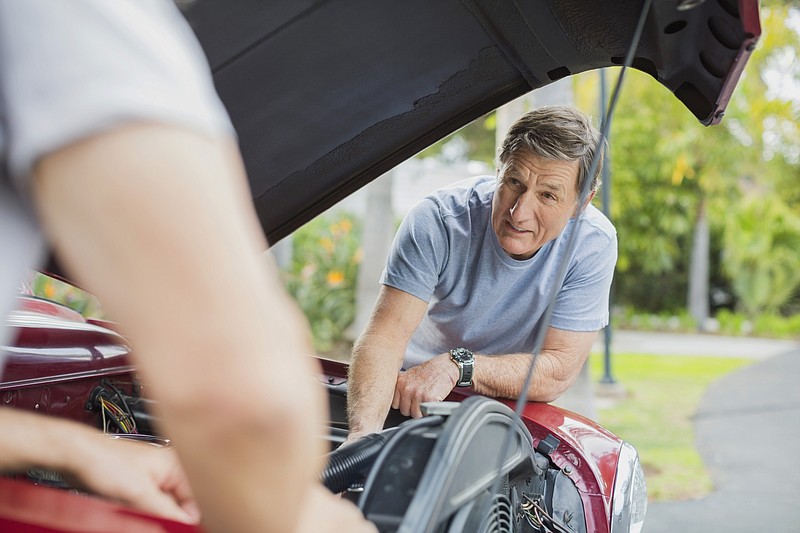Q: Brad, I have a 2006 Saturn Vue with a Honda V-6 engine and 29,400 miles on it. Now that it's about 10 years old, should I replace its timing belt? Your help would be appreciated.
-Jim O.
A: This is a tough call, as your sweet 3.5-liter engine features an interference design, which means that if its timing belt should ever fail, all hell will breaks loose between the valves and piston tops. My understanding is that miles stress a timing belt a lot more than years, and a look at the online Saturn owner's manual and the website for Gates (they're the largest original-equipment-manufacturer timing belt supplier) show a replacement recommendation at 100,000 miles rather than a certain number of years. This recommendation may differ from the one in your printed manual. That being said, airborne ozone does take a toll on rubber products over time and exposure to even slight oil leakage would accelerate problems with the robust rubber belt being used. If it were my vehicle, I'd renew the belt, water pump and tensioner at 50,000 miles or 15 years.
Q: I've recently taken my 2002 Nissan Frontier to two smog tests. When the mechanics at one shop tried to start the test, their equipment screens displayed a message that read, "Oxygen sensor not completed." I went to another shop, and they told me to replace the oxygen sensor before the catalytic converter. I said OK, and they did. The problem hasn't gone away, and the mechanic has told me to keep driving the truck and then bring it back for a test. The check-engine light is on when the engine isn't running but goes off once I start the engine. I'm wondering what causes the problem so it can be fixed and the truck can pass the smog test.
-John
A: John, your truck needs to be driven in a specific pattern for its onboard diagnostics system to test the oxygen sensor monitor. It sounds like there are no diagnostic faults occurring other than the system needing to finish up its self-diagnostics. Was the battery recently disconnected or did you have trouble codes cleared? Either of these actions would reset all the component and system monitors to incomplete. Perhaps your typical driving pattern differs a bit from what's needed. The following generic drive cycle should work for many vehicles and will run most, if not all, system monitors. Plan the location and time of the trip (an early weekend morning, perhaps) to allow the maneuvers to be safely completed.
Ensure that the fuel tank is between a quarter and three-quarters full. Start the engine cold (overnight is best, below 86 degrees) and warm the engine up using air conditioning and rear defrost until engine coolant temperature is at least 160 degrees. This typically requires about two minutes and 30 seconds. Turn off the air conditioning and defrost, accelerate to 55 mph at 50 percent throttle and maintain this speed for five minutes. (You'll obviously need to drive to a suitable location to do this; the 55 mph portion of the cycle is where the oxygen sensor is checked.) Decelerate without using the brake or depressing the clutch and coast down to 20 mph or less and then stop the vehicle with brakes. Allow the engine to idle for 10 seconds, turn it off, and wait one minute. Restart and accelerate to 55 mph at 50-75 percent throttle and maintain this speed for two minutes. Decelerate without using the brakes down to 20 mph or less and then stop the vehicle. Allow the engine to idle for 10 seconds, turn it off and wait one minute before restarting. Some states allow one stubborn monitor to remain incomplete.

